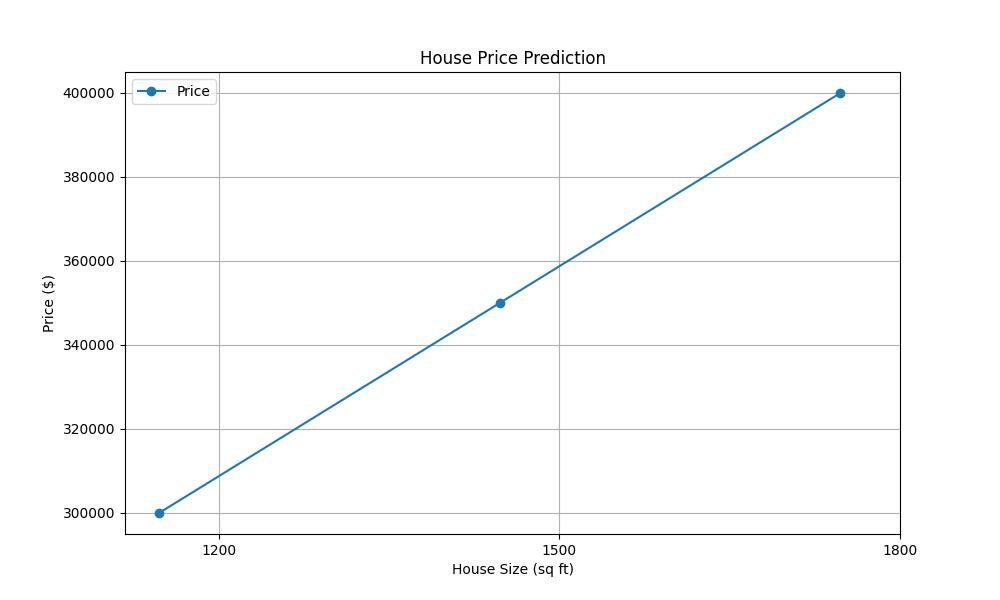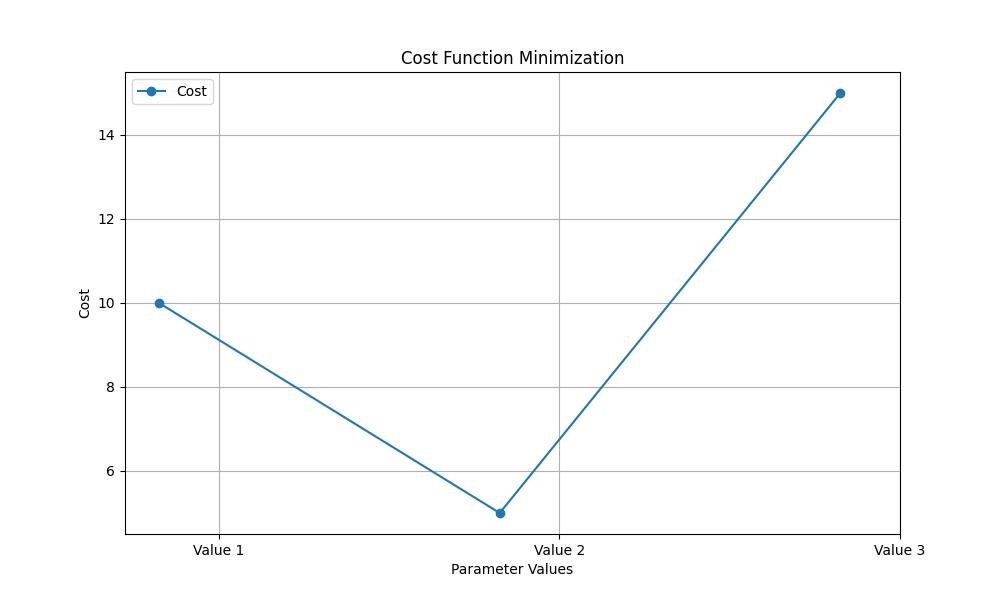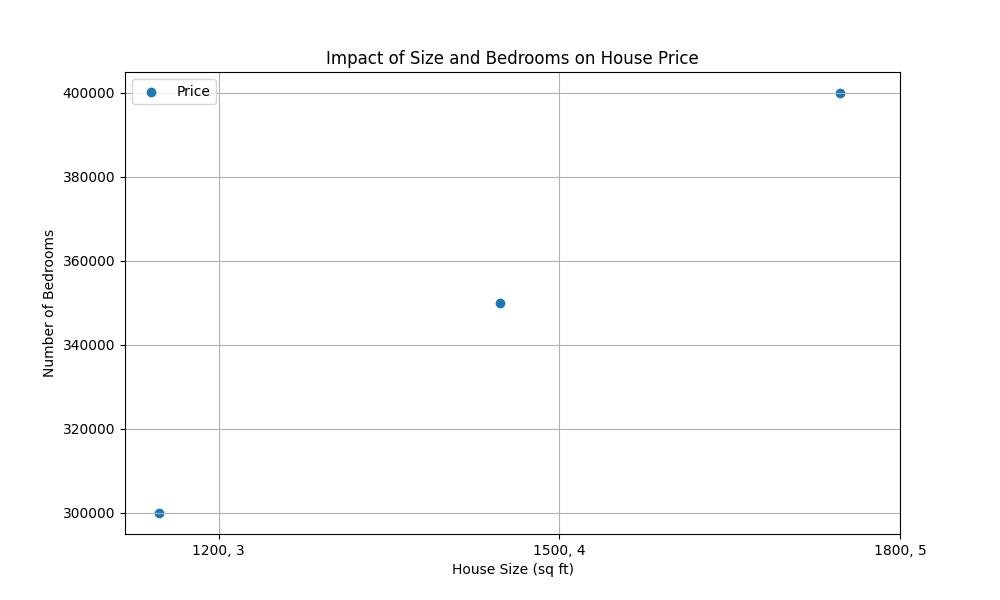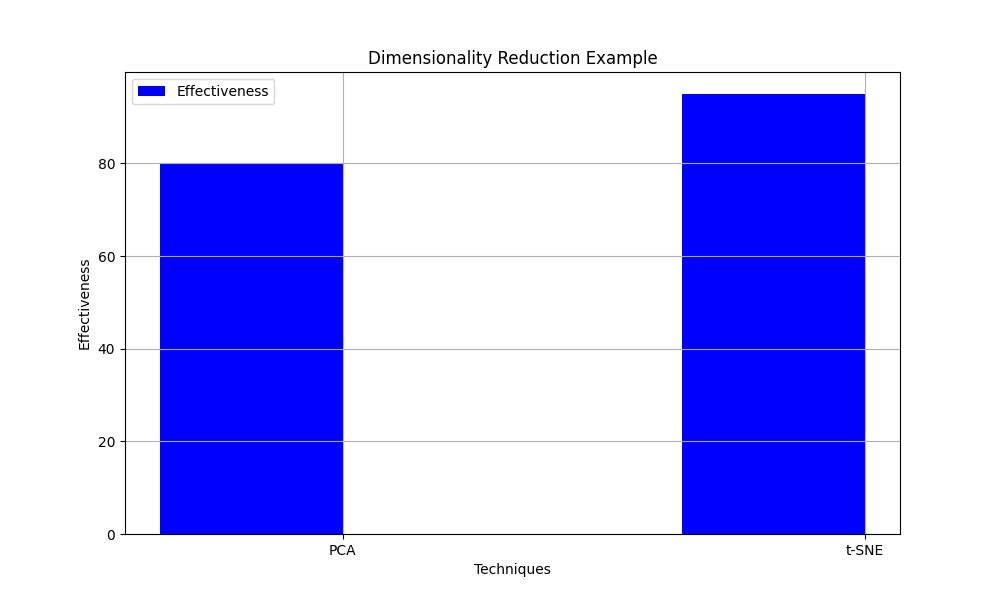Exploring the Depths of Supervised Learning: A Three-Part Series (Part 1)
The Historical Evolution of Supervised Learning
The journey of supervised learning is a fascinating tale that spans several decades, tracing back to the earliest days of computer science and artificial intelligence. This exploration begins with the fundamental work of Alan Turing and his conception of a ‘learning machine’ in the mid-20th century. Turing’s ideas laid the groundwork for the field, envisioning machines capable of learning from experience much like humans do. The subsequent years saw the development of the perceptron by Frank Rosenblatt in 1957, a breakthrough that marked the first step toward realizing Turing’s vision. The perceptron was designed to recognize patterns and make decisions based on input data, a foundational concept in supervised learning. However, it wasn’t until the advent of more powerful computers and the accumulation of vast amounts of data in the late 20th and early 21st centuries that supervised learning truly began to flourish. Today, it stands as a cornerstone of machine learning, driving advancements in numerous fields such as healthcare, finance, and autonomous vehicles. This historical journey not only highlights the technological evolution but also showcases the enduring human quest to create intelligent machines that can learn and adapt.
Understanding the Basics of Supervised Learning
At its core, supervised learning is a type of machine learning where an algorithm learns to map inputs to outputs based on input-output pairs. This learning process is “supervised” because the algorithm is trained on a labeled dataset. These labels are the correct answers or outcomes that the model strives to predict accurately. The basic workflow involves feeding the algorithm a large dataset containing both the inputs (features) and their corresponding outputs (labels). The model then attempts to learn the underlying patterns or relationships between the features and labels, thereby enabling it to make predictions or decisions when presented with new, unseen data. This mechanism is akin to a teacher-student dynamic, where the algorithm, much like a student, learns from the examples provided by the teacher (the labeled dataset). Supervised learning algorithms can be broadly categorized into two types: classification, where the output is a category, and regression, where the output is a continuous value. This fundamental division underpins the variety of applications that supervised learning can address, from identifying spam emails to predicting house prices.
Examples and Manual Calculations in Supervised Learning
To illuminate the mechanics of supervised learning, let’s consider a simple example: predicting house prices based on their size (in square feet). This scenario represents a regression problem where the size of the house is the input feature, and the price is the output label. Suppose we have a dataset with the following information: House 1 (1,200 sq ft, $300,000), House 2 (1,500 sq ft, $350,000), House 3 (1,800 sq ft, $400,000). Using linear regression, one of the simplest supervised learning algorithms, we can find a line that best fits this data. The equation of a line is y = mx + b, where ‘y’ is the price, ‘x’ is the size, ‘m’ is the slope, and ‘b’ is the y-intercept. The goal is to find the values of ‘m’ and ‘b’ that minimize the difference between the predicted prices and the actual prices. 
This manual calculation process highlights the underlying principles of supervised learning algorithms: they aim to find the patterns or relationships within the data that allow for accurate predictions. The example above is greatly simplified, but it encapsulates the essence of how algorithms learn from data and apply this learning to make predictions.
Visualizing Concepts: The Role of Charts
Charts play a crucial role in understanding and visualizing the concepts of supervised learning. They not only help in illustrating the relationships between different variables but also in comprehending the performance of various algorithms. For instance, a scatter plot can be used to visualize the relationship between the size of a house (in square feet) and its price, showcasing how this relationship might influence the prediction of house prices. Similarly, charts are indispensable when it comes to explaining the concept of a cost function, which measures the performance of a supervised learning algorithm. By plotting the cost function against different values of model parameters, we can visually identify the parameter values that minimize the cost, leading to the most accurate predictions. 
Furthermore, charts are invaluable in multidimensional analysis, where visualizing data becomes exponentially more complex. Through dimensionality reduction techniques, which are often represented graphically, we can glean insights into high-dimensional data, enabling more effective learning and prediction. The use of charts in supervised learning not only enhances comprehension but also enables the intuitive understanding of complex concepts, making them an indispensable tool in the field.
From Two Dimensions to Three: Expanding the Perspective
The transition from two-dimensional (2D) to three-dimensional (3D) representations in supervised learning marks a significant leap in the ability to understand complex data relationships. While 2D visualizations, such as scatter plots or line charts, effectively demonstrate the relationship between two variables, the introduction of a third dimension allows for the exploration of data in a way that unveils more intricate patterns. This is particularly useful in cases where the relationship between the inputs and the output is influenced by multiple factors. For instance, in predicting house prices, considering not only the size but also the number of bedrooms as a third dimension can provide deeper insights into price determinants. 3D visualizations enable us to see how these two variables combined affect the price, offering a richer understanding than 2D analysis alone could. 
The application of 3D models extends beyond mere visualization; it’s pivotal in developing algorithms that can navigate and interpret the complexity of real-world data. As we add more dimensions, the challenge and the computational requirements increase, but so does the potential for creating more nuanced and accurate predictive models. This step towards three-dimensional thinking in supervised learning is a crucial development that enriches our comprehension and enhances our analytical capabilities.
Beyond 3D: Exploring Multidimensional Spaces
Venturing beyond three-dimensional analysis, supervised learning often operates in the realm of multidimensional spaces, a concept that may seem abstract but is pivotal for handling complex datasets. In these multidimensional or high-dimensional spaces, each feature of the dataset represents a separate dimension. For example, in a dataset for predicting house prices, dimensions could include not only size and the number of bedrooms but also location, age of the property, proximity to amenities, and more. This high-dimensional data analysis allows algorithms to consider a wide array of factors, leading to more accurate and nuanced predictions.
However, visualizing and comprehending these multidimensional spaces poses a significant challenge. Techniques such as Principal Component Analysis (PCA) and t-Distributed Stochastic Neighbor Embedding (t-SNE) are employed to reduce dimensionality, simplifying these complex spaces into more understandable two or three-dimensional visualizations. 
Despite the challenges, the exploration of multidimensional spaces in supervised learning is crucial. It enables the extraction of meaningful insights from data that would otherwise be overlooked if we were confined to lower-dimensional analysis. As we navigate through these vast and intricate data landscapes, our understanding deepens, and the predictive capabilities of supervised learning models become increasingly refined.